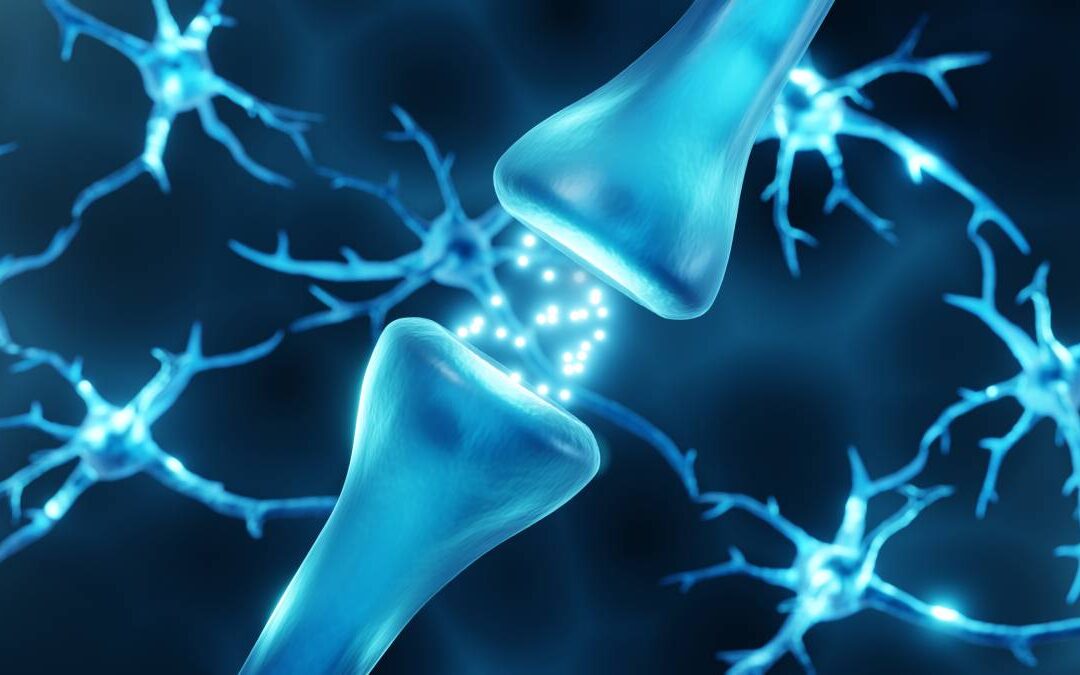Pain relief is a fundamental aspect of medical care and patient well-being. Various mechanisms underlie the relief of pain, ranging from the suppression of pain signals to the modulation of neurotransmitters and the activation of endogenous pain-relieving pathways. Understanding these mechanisms is essential for developing effective pain management strategies tailored to individual needs.
One of the mechanisms of pain relief that is particularly important for surgery is blocking pain signals from reaching the brain. Local anesthetics can be administered to block nerve signals in a specific area, thereby preventing the transmission of pain signals from peripheral nerves to the central nervous system. Peripheral nerve blocks are commonly used for surgical procedures and regional pain management, providing targeted relief without affecting consciousness [1]. This strategy is powerful but more invasive than most others.
Other methods of pain relief target anti-inflammatory mechanisms in the body, such as with NSAIDs or steroid medications. NSAIDs inhibit the enzyme cyclooxygenase (COX), reducing the production of prostaglandins, which are inflammatory mediators involved in the sensitization of pain receptors. By decreasing inflammation and sensitization, NSAIDs alleviate pain and improve mobility in conditions such as arthritis and musculoskeletal injuries [2]. Corticosteroids have strong anti-inflammatory properties and are used to reduce inflammation and swelling associated with acute injuries, autoimmune conditions, and chronic pain syndromes. When administered locally or systemically, corticosteroids can alleviate pain by suppressing inflammatory responses and reducing tissue edema [6].
Opioids are well-known for their ability to provide pain relief, though via different mechanisms than anti-inflammatory drugs. They exert their analgesic effects by binding to opioid receptors in the brain, spinal cord, and peripheral tissues. Activating opioid receptors inhibits the transmission of pain signals and alters the perception of pain, leading to pain relief. Opioids are potent pain relievers but carry risks of tolerance, dependence, and addiction—therefore requiring very careful prescribing and monitoring [3].
Neuromodulation techniques, such as spinal cord stimulation (SCS) and peripheral nerve stimulation (PNS), deliver electrical impulses to targeted nerves to interfere with pain signals. These devices may be implanted or used externally and are effective in managing certain chronic pain conditions, including neuropathic pain, among others [4]. However, these can be more invasive and less convenient than other strategies.
Certain classes of medications traditionally used to treat depression and epilepsy have demonstrated efficacy in the management of pain. Antidepressants such as tricyclic antidepressants and selective serotonin-norepinephrine reuptake inhibitors modulate neurotransmitter activity in the central nervous system. Anticonvulsants such as gabapentin and pregabalin, meanwhile, stabilize neuronal excitability, reducing neuropathic pain [5].
Physical therapy techniques, including exercise, manual therapy, and modalities such as ultrasound and electrical stimulation, aim to improve mobility, strength, and function while reducing pain. By addressing musculoskeletal imbalances, improving posture, and promoting tissue healing, physical therapy plays a crucial role in long-term pain management following musculoskeletal injury and prevention of recurrent injuries [7].
Finally, techniques such as mindfulness meditation, yoga, and cognitive-behavioral therapy (CBT) aim to harness the connection between the mind and body to minimize pain perception. These interventions result in a greater sense of relaxation and emotional well-being, empowering individuals to manage their own chronic pain more effectively [8].
In conclusion, pain relief encompasses a diverse array of mechanisms, each targeting different aspects of the pain experience. Using a multidisciplinary approach that integrates pharmacological, interventional, rehabilitative, and psychosocial interventions, healthcare providers can optimize pain management outcomes and enhance patients’ overall quality of life.
<strong>references</strong>
- Jogie, J. & Jogie, J. A. A Comprehensive Review on the Efficacy of Nerve Blocks in Reducing Postoperative Anesthetic and Analgesic Requirements. Cureus (2023). doi:10.7759/cureus.38552
- Nonsteroidal Anti-Inflammatory Drugs (NSAIDs) – StatPearls – NCBI Bookshelf. Available at: https://www.ncbi.nlm.nih.gov/books/NBK547742/. (Accessed: 21st February 2024)
- Opioid Analgesics – StatPearls – NCBI Bookshelf. Available at: https://www.ncbi.nlm.nih.gov/books/NBK459161/. (Accessed: 21st February 2024)
- Knotkova, H. et al. Neuromodulation for chronic pain. The Lancet (2021). doi:10.1016/S0140-6736(21)00794-7
- Sullivan, M. D. & Robinson, J. P. Antidepressant and Anticonvulsant Medication for Chronic Pain. Physical Medicine and Rehabilitation Clinics of North America (2006). doi:10.1016/j.pmr.2005.12.006
- Vyvey, M. Steroids as pain relief adjuvants. Can. Fam. Physician (2010).
- Physical Therapy Benefits for Pain Treatment. Available at: https://www.webmd.com/pain-management/physical-therapy. (Accessed: 21st February 2024)
- 5 ways to ease pain using the mind-body connection – Harvard Health. Available at: https://www.health.harvard.edu/blog/5-ways-to-ease-pain-using-the-mind-body-connection-2020082420788. (Accessed: 21st February 2024)





Recent Comments